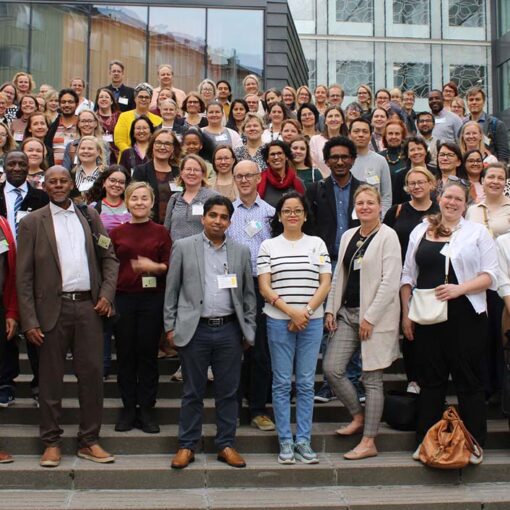Quiet quitting describes the act of reducing working hours to allow employees to have a life outside work enabling better selfcare. Quiet quitting also involves prioritizing tasks, omitting extraneous activities. (Forrester 2023). Serenko (2023) defines quiet quitting as a mindset where employees deliberately limit work activities to the exact job description. Employees aim to achieve expectations or targets but not exceed them. Quiet quitting also involves non-volunteering for extra tasks and maintaining their current work life position rather than pursuing a career simultaneously also prioritizing their own wellbeing.
Even though the concept of “quiet quitting” arose in the media as a recent or trendy phenomenon, it has been present for several years. The term is connected to numerous theories such as motivation, commitment, engagement, and social exchange theory. (Atalay & Dagistah 2023) The term quiet quitting was devised by economist Mark Boldger in 2009, it however, was widely used in 2022, and has been associated with the pandemic. It has been hypothesized that the pandemic isolation induced individuals to reconsider their values and their personal work-life balance. (Formica & Sfodera 2022).

Implications for management
Organizations can take preemptive measures to enhance employee satisfaction to reduce or limit the risk of quiet quitting by their employees. The first step is to determine the factors associated with the quiet quitting -phenomenon, which include work-life balance, pay policies, manager attitudes and meaningfulness of work. Addressing the aforementioned can increase the commitment and motivation as well as job satisfaction and engagement of employees. An organizational culture which is perceived as positive, just and which provides possibilities for growth and development, and which sets healthy expectations with respect to hours worked and availability can enhance the feeling of loyalty and commitment. (Atalay & Dagistan 2023; Starling 2022).
Quiet quitting is a double-edged sword: it may help employees avoid possible burnout, it may however hinder their professional development and career as well as have implications for the performance of the unit and/or the organization. It certainly is an issue to be taken into consideration by management when working with employee commitment and organizational culture.
Author
Kristiina Brusila-Meltovaara is a principal teacher at LAB University of Applied Sciences.
References
Atalay, M. and Dağıstan, U. 2023. Quiet quitting: a new wine in an old bottle? Personnel Review. Ahead-of-print. Cited 21 Feb 2024. Available at https://doi.org/10.1108/PR-02-2023-0122
Formica, S, & Sfodera, F. 2022. The Great Resignation and Quiet Quitting paradigm shifts: An overview of current situation and future research directions, Journal of Hospitality Marketing & Management, 31:8, 899-907. Cited 21 Feb 2024. Available at https://doi.org/10.1080/19368623.2022.2136601
Forrester, N. 2023. Fed up and burnt out: ‘quiet quitting’ hits academia. Nature 615, 751‒753. Cited 21 Feb 2024. Available at https://doi.org/10.1038/d41586-023-00633-w
LN_Photoart. 2022. Luonto, Järvi, verkko, polku, silta. Pixabay. Cited 21 Feb 2024. Available at https://pixabay.com/fi/photos/luonto-j%C3%A4rvi-verkko-polku-silta-7440279/
Serenko, A. 2023. The human capital management perspective on quiet quitting: Recommendations for employees, managers, and national policymakers. Journal of Knowledge Management. Cited 21 Feb 2024. Available at https://doi.org/10.1108/JKM-10-2022-0792. S2CID 258026195.
Starling, S. 2022. Quiet Quitting: What to Know How to Prevent It. Arkansas Business. Vol. 39 (38), 29.




